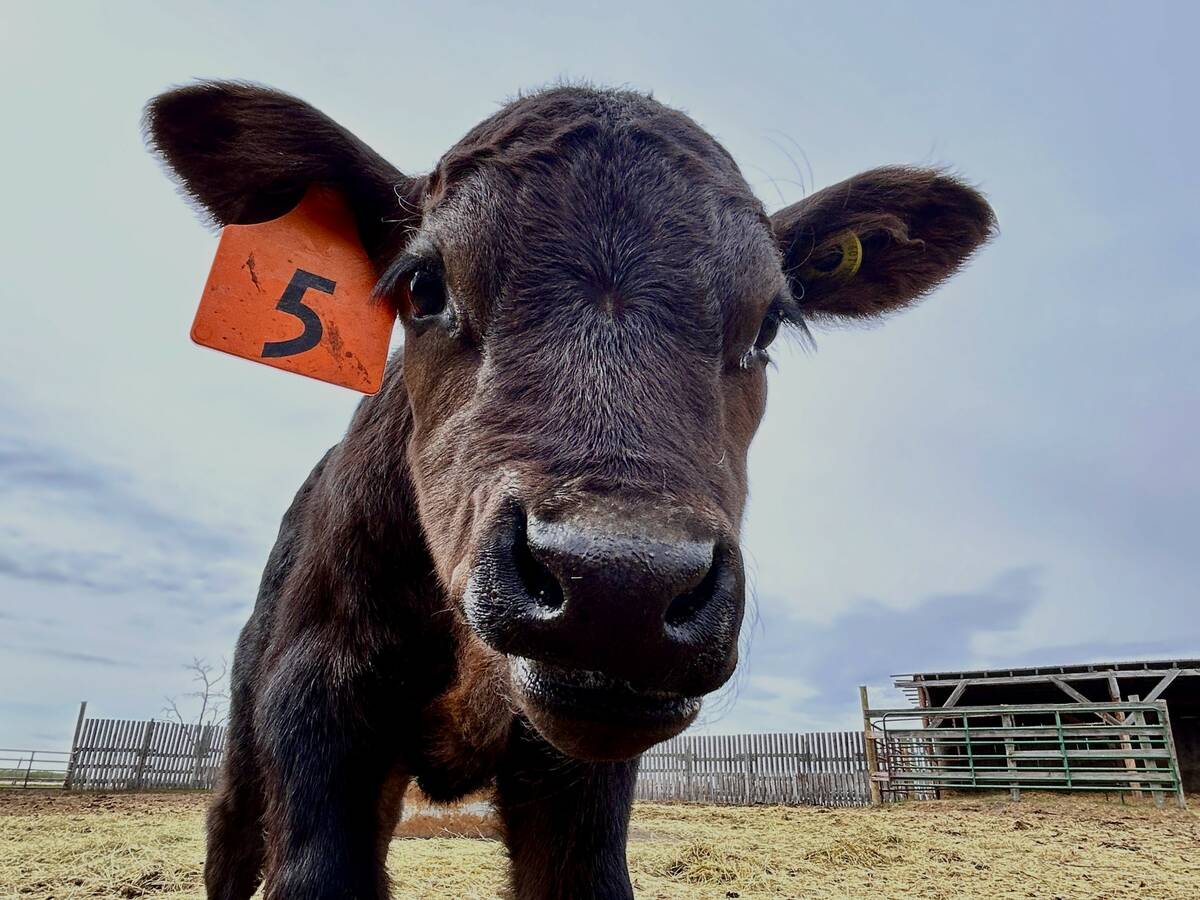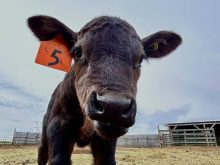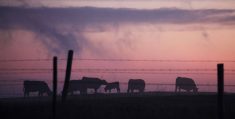Livestock sector fears regulations will increase animal stress while welfare groups say transport times are too long
Fanfare is decidedly lacking in the livestock industry for amendments to Canadian livestock transport regulations announced last week.
Cattle and hog producer groups say evidence is lacking on whether the changes will improve outcomes for livestock in transport, while animal welfare groups say reduced transport times are still too long.
Jaspinder Kamal, Canada’s chief veterinary officer, said amendments to existing livestock transport regulations will take effect next February. He said changes are a result of extensive consultations, consideration of more than 400 research papers and consideration of international standards, consumer expectations, current animal transport practices, existing infrastructure, geographic realities and animal transport logistics.
Read Also

Calf hormone implants can give environmental, financial wins
Hormone implants can lead to bigger calves — reducing greenhouse gas intensity, land use intensity and giving the beef farmer more profit, Manitoba-based model suggests.
“These new, stronger regulations will better protect animal welfare now and in the future. They introduce a balance of prescriptive- and outcome-based requirements that emphasize and improve the health and wellbeing of the animals during the entire transportation process,” Kamal said during a news conference.
The amendments shorten allowable transport times for some livestock, including cattle, horses and pigs, which may involve unloading the animals en route to provide food, water and eight hours of rest.
They also mandate training for transporters, better define definitions of compromised and unfit animals in relation to transport and prescribe accepted animal-handling techniques, among numerous other changes.
The Canadian Cattlemen’s Association said it has doubts about whether shortened transport times and mandated rest periods will improve animal welfare in transport.
“What we do know is that research in Canada for cattle transport has been showing that the outcomes for cattle are very positive — 99.95 percent of animals on long travels reach their destination injury free and in good condition according to Agriculture and Agri-Food (Canada) research,” said CCA policy analyst Brady Stadnicki.
“So we are concerned that the regulatory changes requiring more unloading and reloading could take us further away from 100 percent.”
He also noted research to evaluate cattle stress related to transport, loading and reloading is underway and the government could have waited to incorporate findings in the amendments.
Ryder Lee, chief executive officer of the Saskatchewan Cattlemen’s Association, made a similar point.
“We’ve got research underway to really talk about, to really look at rest stops and what’s the right duration versus getting them there,” he said. “We’ve got a good record of transporting cattle in Canada… . When you’re doing anything with that much success and you’re going to make changes that are this big, are you going to move closer to 100 percent? It’s more likely to move farther away.”
Lee and Stadnicki both voiced concerns about injury and stress risks associated with loading and unloading, as well as potential disease transfer at unloading sites.
There is also a question of whether there are enough sites in Canada where livestock could be safely unloaded, rested, fed, watered and reloaded to comply with the mandated shorter times in transport.
“That’s something that we raised in our comments (during the comment period on proposed amendments) was a need for that analysis of the infrastructure in Canada because we do obviously anticipate, with the rule changes, that there will be a bigger need for rest stop capacity,” Stadnicki said.
Asked about infrastructure during the news conference, Kamal said there are places available for offloading and providing food and rest. The year before implementation “will allow the industry to make adjustments to their practices if they need to be done.”
Kamal also said CFIA inspectors who enforce the regulations will be flexible in cases where the maximum times have been reached but the destination is near and the animals are in good condition.
Gary Stordy, public relations manager for the Canadian Pork Council, said that sector is still evaluating the amendments and is pleased with the 12-month delay in implementation but concerns have arisen.
“We would have preferred to see a more outcome-based approach in all areas rather than the prescriptive approach during transportation. We feel that’s a better way of achieving better welfare of the animals,” Stordy said.
More than 20 million hogs are shipped in Canada each year and of those, 0.3 percent arrive hurt, dead or injured.
“That’s still a number that we want to try to improve … but that being said, as most groups, we are dedicated to improvement and in fact we do have ongoing research on how to improve transportation and the condition for animals. Most notable … is how to best provide water on the trucks and the impact of doing so.”
The CFIA notes in supporting data that transport conveyances equipped with ways to provide feed and water in transit can be used.
Stordy said the council is looking into the logistics of that, such as weight issues, keeping water from freezing and determining how all animals on a truck could access feed and water without greater risk of injury.
Stadnicki said cattle transport vehicles that include feed and water aboard are not common in North America.
“It sounds good in theory but there is little research on those specially equipped trucks in Canada. They aren’t used widely in Canada at the moment.”
Lee raised an additional concern about cattle markets and potential price implications when the new regulations are implemented. If they result in fewer western Canadian calves being shipped to Ontario for feeding, it could have an adverse effect.
“That’s bad for Saskatchewan, Manitoba and Alberta cattle producers because those Ontario buyers, even when they don’t win the bid, they’re making sure whoever does win the bid is paying properly for those cattle. You take those buyers out of the mix and all the people, whether they think they’re shipping their cattle far or not, are going to lose out on that.
“That hasn’t been accounted for and would be hard to quantify. But it’s not even recognized that changing the layout of the Canadian cattle industry will be felt by all the people that are in it, for sure.”
Stordy said the requirement for unloading and reloading is a non-starter for shippers and receivers of weanlings due to risk of disease transmission.
“Anything that is shipped and has to be unloaded during the growth cycle, for instance weanlings or feeder pigs, for whatever reason there’s just absolutely no way they’re getting off the truck. That producer will not accept those animals if they got off a truck and that’s the end of it.
“A break in that chain to unload is not of interest to the producer that’s receiving because of biosecurity.”
In its response, the Humane Society International/Canada expressed disappointment in the amendments. It said transport times of up to 72 hours, as is the case for some poultry, are still too long.
“The new animal transportation regulations fall far short of addressing the most serious risks to animal welfare, and will not fulfill their stated goal of ensuring that animals are treated humanely while transported between farms, slaughterhouses, auction markets and elsewhere,” the society said in a Feb. 20 news release.
“Canada has missed an important opportunity to bring its regulations in line with the best available scientific evidence, which shows that animals should not be transported for more than eight hours without a break.”
Lee agreed transport times are one metric involving animal welfare and the industry has a good record in terms of health outcomes during transport and at arrival.
“The important thing I think, to convey, is that cattle producers haven’t been just doing the same old thing on this front and sticking their fingers in their ears,” said Lee.
“We’ve been funding research and participating in ways to do things better. So it’s unfortunate that this kind of regulation-making jumps ahead of the latest research that is underway.”

















